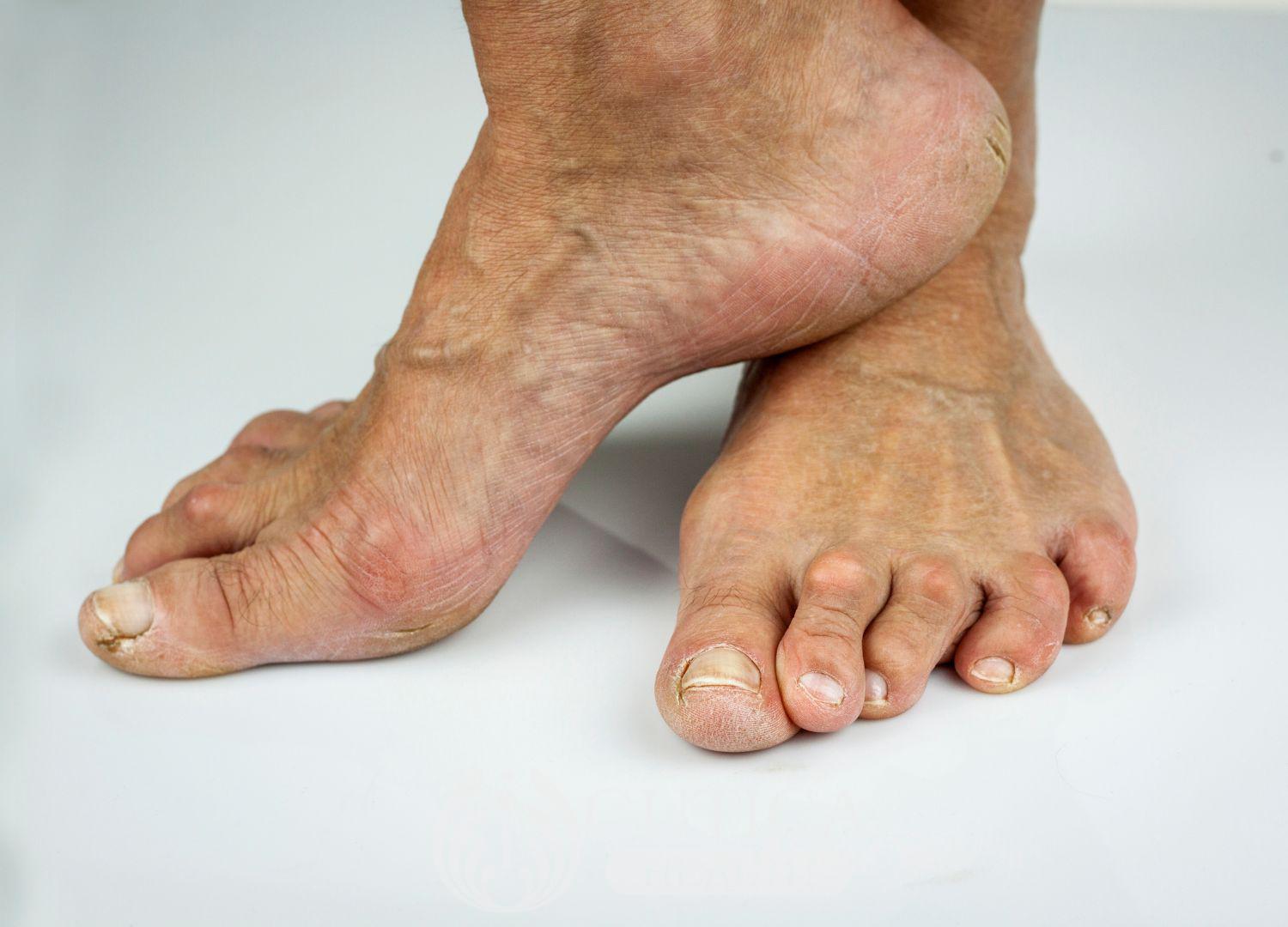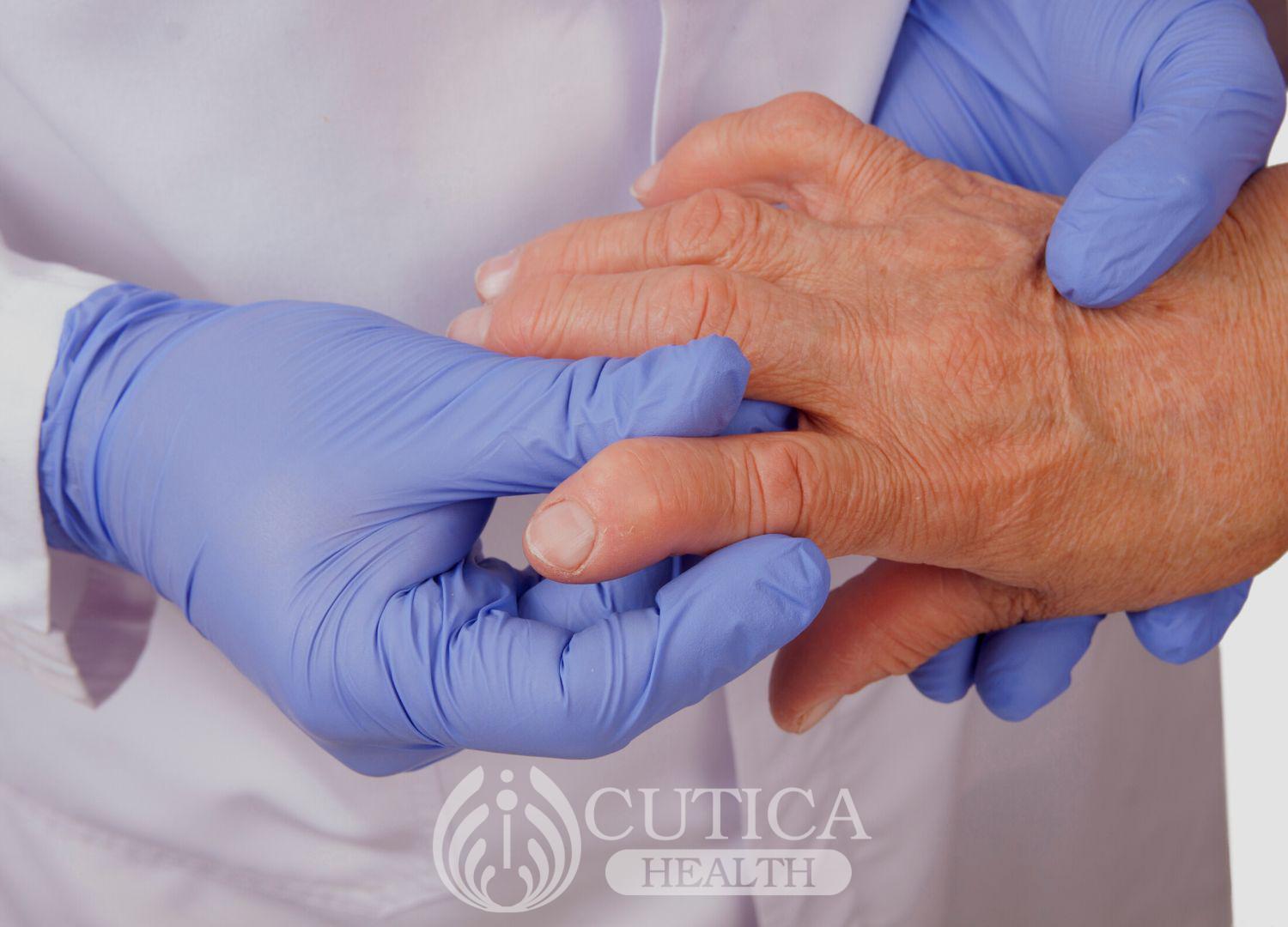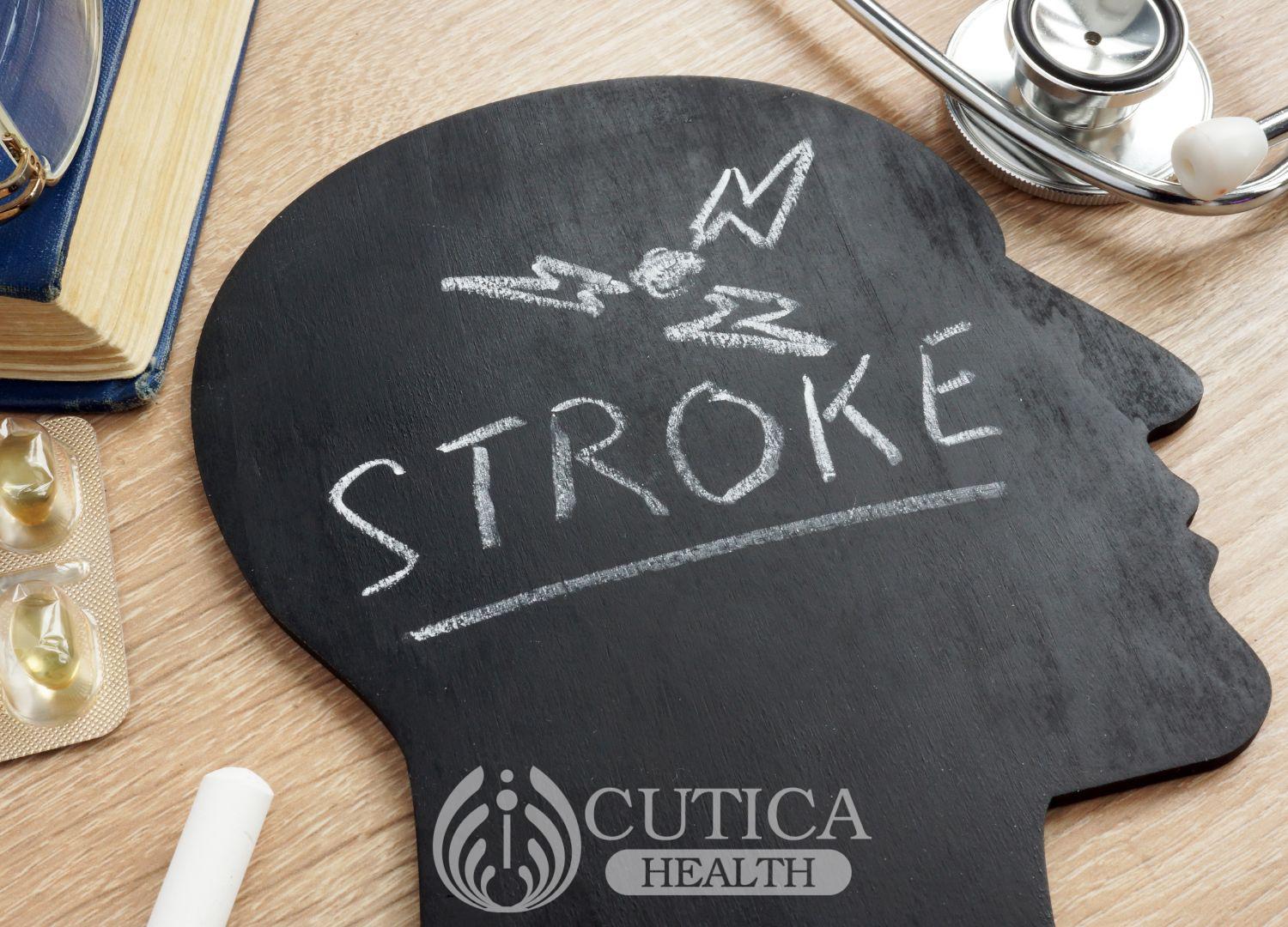
Jackie is a beautiful 45-year-old lady who has everything going for her- a great job, fancy car, a beautiful family, and much more. But little did anyone know she was up most nights nursing very painful knees. Some nights, the pain flares up with the knees swollen and tender. It’s been two years now, and she’s had enough.
Rheumatoid arthritis is an autoimmune disease, which means it is caused by the body’s immune cells attacking and damaging the body. Rheumatoid arthritis affects the lining of joints, causing pain and swelling. Over time, the affected joint becomes deformed and loses some range of motion. Rheumatoid arthritis is different from osteoarthritis that is due to age-related wear-and-tear of joints.

Symptoms of Rheumatoid Arthritis
Common signs and symptoms of rheumatoid arthritis include:
- Swollen, tender, and warm joints. It usually affects the same joints on both sides of the body
- Joint stiffness that is worse in the morning
- The disease tends to affect the small joints of the hands and feet first, and then progresses to larger joints, such as the elbows, knees, and hips.
- The symptoms usually occur as flare-ups, with periods of no or minimal symptoms between periods of intense joint pain and swelling.
- Rheumatoid arthritis could also affect other organs in the body, such as the skin, eyes, lungs, kidneys, salivary glands, and heart.
Risk Factors for Rheumatoid Arthritis
Rheumatoid arthritis is largely caused by immune cells erroneously attacking the joint tissues, as well as other organs, causing the symptoms seen in the disease. However, you are more likely to develop this condition in the presence of the following factors:
- Your sex: Women are more likely to develop rheumatoid arthritis
- Age: Rheumatoid arthritis can occur at any age, but usually begins in the early 30s and 40s.
- Family history: If a parent or sibling has got rheumatoid arthritis, there is a chance you could also develop the condition.
- Obesity: Being overweight or obese puts more strain on joints and this could increase your risk of rheumatoid arthritis.
- Smoking: Smoking increases your risk of rheumatoid arthritis significantly, especially in the presence of other risk factors.

Complications of Rheumatoid Arthritis
Some problems that could arise from rheumatoid arthritis include:
- Weakened bones: Rheumatoid arthritis, as well as some of the medicines used in the treatment, could make bones very soft and easily fractured.
- Reduced Joint Function: Over time, a severely damaged joint from arthritis loses much of its function and capacity, and so may affect daily activities.
- Lymphoma: Rheumatoid arthritis increases the risk of a group of blood cancers called lymphoma.
- Heart Problems: One common complication of rheumatoid arthritis is hardened and stiff blood vessels and the lining of the heart, which cause problems with blood circulation.

Treatment of Rheumatoid Arthritis
Treatment of rheumatoid arthritis depends a lot on the severity of the symptoms and how it is affecting activities of daily living. Your doctor may prescribe medicines or recommend surgical repair.
- Medicines prescribed could be as simple as pain medicines such as Advil and Tylenol, or steroids to limit the attack from the immune cells in the joints. Other medicines used for rheumatoid arthritis include “biologic agents” that work on the immune cells and “disease-modifying anti-rheumatic drugs”, such as methotrexate, that can also slow down progression of the arthritis.
- Surgical options available for rheumatoid arthritis include total replacement of a damaged joint with an artificial joint or removal of inflamed joint tissue.
There are some lifestyle habits you could adopt to lower the symptoms and slow down progression of the disease. These include:
- Regular exercise to strengthen the muscles around the joint
- Stress management
- Heat or cold compresses to the joint












